
The National Museum in Warsaw collects, stores, preserves and showcases the artifacts of Polish and foreign cultures in the fields of art, history, archeology, history and numismatics.
The National Museum in Warsaw has an ongoing dynamic exhibitional activity. It organizes foreign study trips related in particular to scientific research and the preparation of exhibitions with foreign partners. In terms of loans, organization of exhibitions, publications and scientific projects, the Museum cooperated with many museums, galleries and institutes in Poland and around the world. It runs a permanent cooperation with ICOM and CODART – a global organization of curators, as well as curators of Dutch, Flemish, and Belgian art based in Amsterdam. An example of international activity is organizing of the exhibition together with the branch of Musée du Louvre, Louvre-Lens – ‘Poland. The power of the image’.

The National Museum in Krakow (NMK) is the oldest museum in Poland. It carries out its mission of providing information about national and human values by promoting the foreign and Polish art, particularly that centered in and around Krakow. The museum is involved in digitization, education, and research projects. As the first museum in Poland, it was granted the status of a scientific unit in the area of art sciences and artistic creation. One of the institution’s international projects is the Culture beyond Borders project, under which the Cultural Institution Management Academy program has been implemented, allowing for the creation of a platform for the exchange of experiences and good practices between Polish and Georgian cultural institutions, aimed at sharing knowledge in the field of developed standards and solutions in strategic areas of activity museum, management of museum processes as well as protection and dissemination of cultural heritage.

The National Museum in Kielce (NMKi) carries out its mission through caring for the entrusted cultural heritage, the uniqueness and attractiveness of exhibitions, artistic activities, education, and conducting research and publishing activities. The museum has one of the most extensive collections of Old Polish portraits, the largest in Poland collection of Szermentowski’s paintings and Ćmielów ceramics, and a unique gramophone record with Żeromski’s voice. The institution became the organizer of the first interdisciplinary conference in Poland devoted to the issue of museotherapy. An example of international cooperation is the exhibition devoted to the Nobel Prize winner prepared as part of the celebration of the Sienkiewicz Year.

The National Museum in Poznań (MNP) collects and permanently protects the cultural works of the heritage, created throughout centuries and generations, testament to knowledge, examples of artistic effort and passion. It promotes the basic values of history, science and culture, shaping cognitive and aesthetic sensitivity. The institution co-organizes exhibitions in Poland and abroad. The museum awards the Jan Lenica Award to outstanding graphic designers from all over the world, choosing those with a fully developed artistic personality, representing a similar attitude that characterized Lenica, i.e. going beyond the narrowly understood framework of the commercial graphic artist profession.

The National Museum in Wrocław (MNWr) collects monuments and iconographic, photographic and documentary materials concerning the art of Silesia, Polish art and the former South-Eastern Borderlands, European art, the Middle and Far East, arts and crafts, technical culture and ethnography. The institution is the owner of one of the largest collections of Polish contemporary art in the country, the history of which dates back to the 1960s. The exhibits cover all artistic disciplines, from painting, graphics, drawing, sculpture, glass, ceramics and photography to conceptual projects, documentations of happenings and video art. The institution was a co-organizer of the international project Ganymed goes Europe combining three fields of art: painting, literature and theater.

The National Museum in Gdańsk (MNG) collects monuments, iconographic, photographic and documentary materials concerning older, contemporary and modern Polish and foreign art, Pomeranian ethnography, as well as European and non-European cultures. The pearl of the museum collection is the Last Judgment, a masterpiece of the Dutch Renaissance painted by Hans Memling. The institution takes an active part in international research, conservation, digitization and educational projects. As part of international cooperation, workshops for artists in Baghdad and a project of photographic documentation of Norwegian and Icelandic churches.
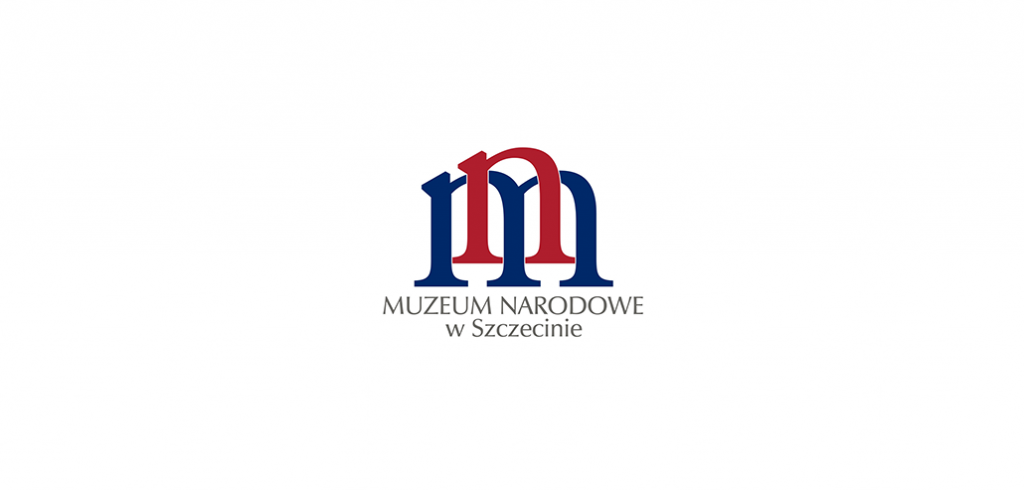
The National Museum in Szczecin (MNS) carries out its mission by presenting collections as part of permanent exhibitions, organizing temporary exhibitions and various artistic events, scientific conferences, popular science meetings, as well as educational and publishing activities . Being an institution of public trust, it is a depository of the memory of the past, but also a living center of culture – a place that actively participates in the process of shaping historical awareness and social attitudes. The museum in the spirit of multicultural, cross-border dialogue and cooperation builds the regional, national and European identity of Western Pomerania and its inhabitants, an example of which is the international project Common Heritage, Common Future.

The Krakow Saltworks Museum in Wieliczka focuses on the protection and popularization of the rich history of salt mining in Poland, perceived as a permanent heritage of humanity. The museum carries out its tasks by collecting, storing, preserving and making available cultural goods in the field of the history of the former salt-making and salt mining as well as the cities of Wieliczka and Bochnia, mining technology, geology of salt deposits, art and ethnography. The institution also manages, apart from the permanent underground exhibition, the medieval Saltworks Castle – the historic seat of the mine’s management board. The Wieliczka Salt Mine has been inscribed on the UNESCO World Cultural and Natural Heritage List. It conducts dynamic educational, research and exhibition activities.

The Castle Museum in Malbork is to preserve the historic substance of the Malbork castle complex, an important element of cultural heritage and its subordinate castles in Kwidzyn and Sztum. The most valuable collections of the Castle Museum include amber artworks, medieval architectural elements, medieval sculptures and old weapons and armaments. Malbork Castle is inscribed on the UNESCO World Cultural and Natural Heritage List. The museum is a member of the Association of Castles and Baltic Museums. The institution carries out international educational projects for young people and participates in international cooperation programs, e.g. in the interdisciplinary research program The Ecology of Crusades.
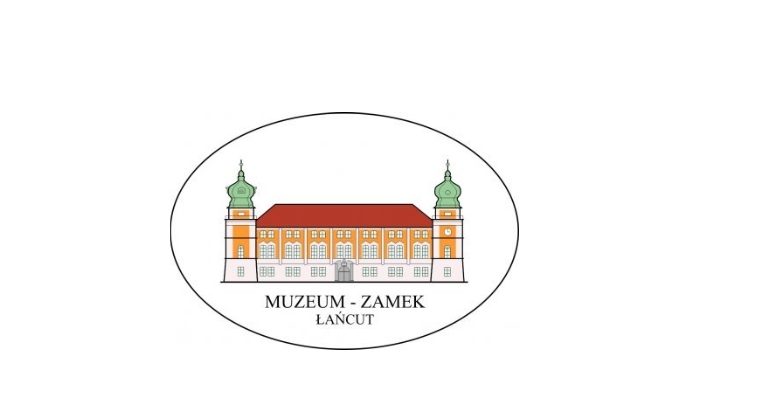
The Castle Museum in Łańcut is one of the most beautiful aristocratic residences in Poland. It is famous for its excellent residential interiors and an interesting collection of horse-drawn vehicles. The palace complex is surrounded by an old, picturesque English-style park with numerous pavilions and farm buildings, once closely related to the everyday life of the Łańcut residence. The museum carries out a number of projects related to research, digital inventory, protection and popularization of endangered goods of national culture in the country and abroad, including cooperations with museums and scientific institutions in Ukraine. In addition, the famous Music Festival in Łańcut is held annually in the spaces of the Castle and the park, attended by outstanding artists from around the world.
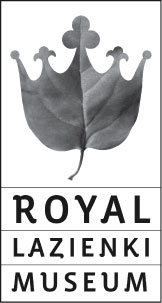
The Royal Łazienki Museum in Warsaw consists of classicist monuments and old gardens. The main task of the Museum is to show Polish history and culture, emphasizing its links with world history and culture, and disseminating knowledge about the history of the Royal Łazienki, in particular about the art collection of King Stanisław August. The institution is the organizer of the international Gardens of Light project, the aim of which is to promote unique historical gardens and museums from around the world. Moreover, it implements projects in the park and historical gardens in cooperation with international partners. It runs a long-term exhibition project, Exhibition of one painting, which allows to present outstanding works from world collections.
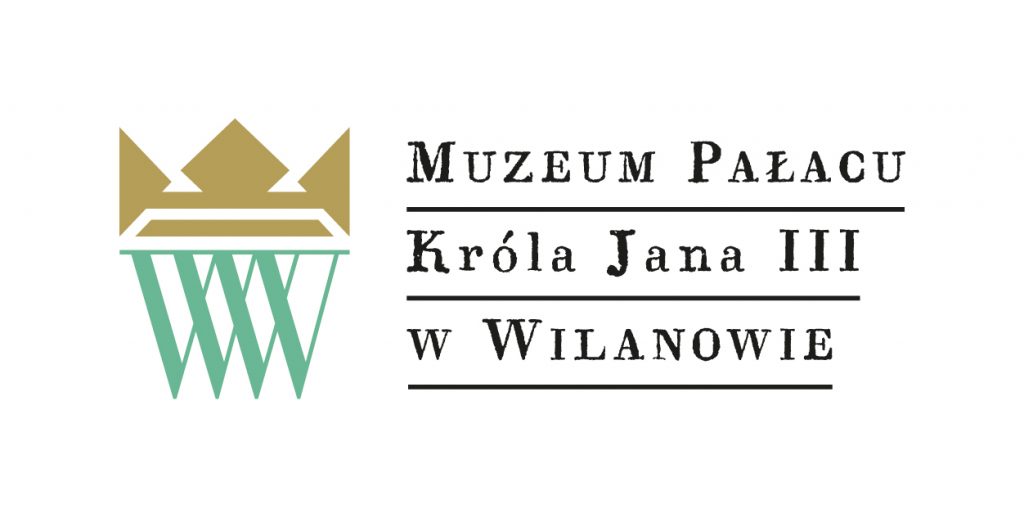
The Museum of King Jan III’s Palace in Wilanów takes care of the memory of King Jan III Sobieski and Stanisław Kostka Potocki. By making them available to the public, it disseminates knowledge about the times of both patrons and cultivates the values of the Old Polish tradition, shapes civic attitudes and patriotic responsibility for the national, cultural and natural heritage. In cooperation with ICOM, it actively participates in the creation of cultural heritage safety procedures and promotes the responsibility of cultural institutions for the social environment and landscape. The museum supports cultural diplomacy by organizing exhibitions and seminars devoted to the history and culture of Old Poland, publishing scientific and popular science books in foreign languages, and through a program of historical reconstruction, including culinary, which is used by Polish diplomatic and cultural institutions abroad.

The Royal Castle in Warsaw is the former residence of kings and the seat of the Sejm of the Polish-Lithuanian Commonwealth. It collects one of the most valuable collections of works of art in Poland, with paintings by, among others Rembrandt, Canaletto, Bacciarelli and Matejko. The richly decorated interiors take guests back to the times of the Jagiellonians, Vasa, Saxons and King Stanisław August. The institution carries out international museum projects. It deals with, among others organizing study trips and lectures combined with the event At the Royal Table – tasting historical dishes.

The Wawel Royal Castle, located in Krakow, the former capital of Poland, is a centuries-old seat of kings and a symbol of Polish statehood. Its collections include a valuable set of paintings, graphics, sculptures, fabrics, goldsmiths, militaria, porcelain and furniture. The chambers exhibit tapestries from the collection of King Sigismund Augustus and wonderful Italian Renaissance paintings from the Lanckoroński collection. The museum offers its collections in several permanent castle exhibitions and open-air exhibitions. The castle conducts a thriving exhibition, educational and conservation activity. As part of a long-term international program, the institution deals with research and restoration of the common cultural heritage of the eastern borderlands of the former Republic of Poland.
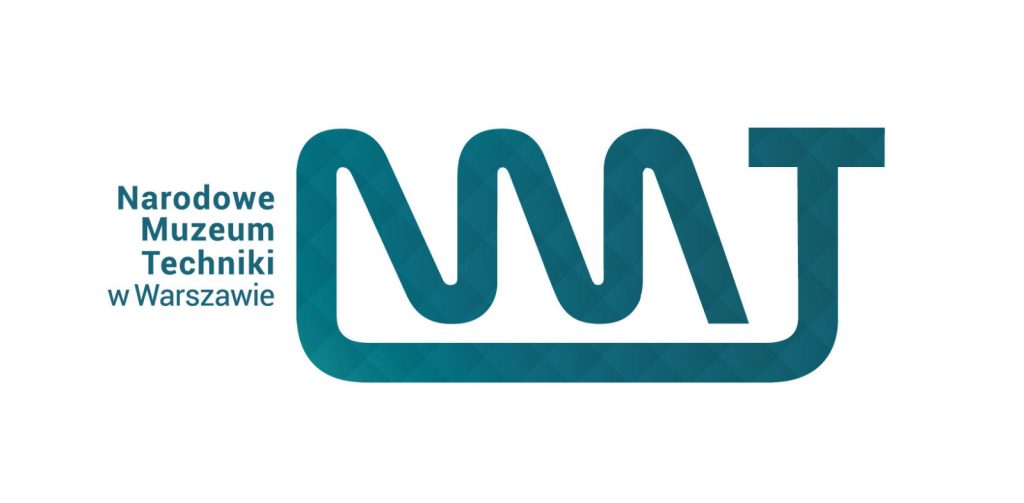
The National Museum of Technology in Warsaw (NMT) is the largest facility of technical museology in Poland. The goal of NMT’s activity is to preserve for future generations material certificates documenting the development of Polish technology, reaching back to the beginnings of the Polish state. The institution tries to faithfully and impartially describe the events accompanying technological progress and present the achievements and paths of transformation of Polish technical thought to contemporary people. Among the valuable exhibits, photographic documentation and construction plans of many machines and devices, you can find the Enigma encryption machine and the Cadillac of Marshal Józef Piłsudski. The museum organizes the workshop Meetings with the history of technology.

The Museum of the Silesian Piasts in Brzeg deals with the history of the Silesian Piasts and Piast traditions in the historical area of the Silesia, and the collection of objects related to the past of the city and the Brzeg region. Conducts exhibition activities. At the same time, it organizes educational activities and workshops for children, youth, students and seniors. The workshops are aimed at acquiring and deepening knowledge about the history of the city, the Piast past of Silesia, historical sources, the interpretation of works of Gothic, Renaissance and Baroque art, and a closer look at the museum collection.
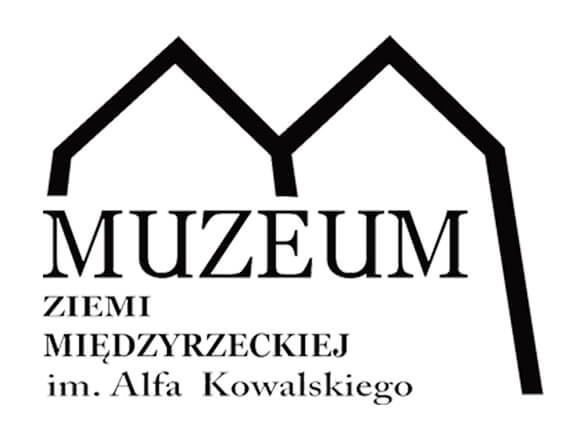
Museum of the Międzyrzecze (Interfluve) of Alfa Kowalski, presents the largest collection of coffin portraits, inscriptions and coats of arms from the 17th and 18th centuries in Poland. The main task of the institution is to collect and research monuments and documentation materials related to technology, art and archeology of the Międzyrzecze Land and the former Greater Poland-Brandenburg-Silesian border and its characteristic old Polish funeral rite. The museum is the organizer of international workshops as part of the Comenius project devoted to the multiculturalism of the Wielkopolska-Silesia-Brandenburg borderland.
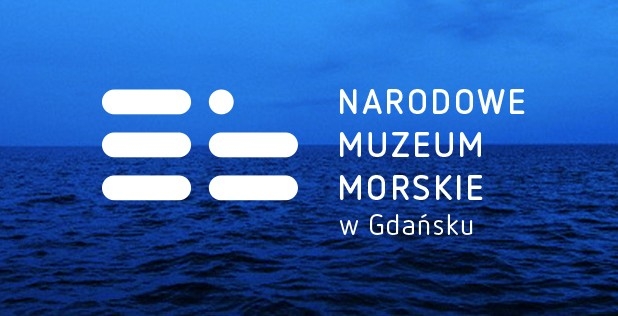
The National Maritime Museum in Gdańsk (NMM) deals with the collection, conservation and digitization of monuments related to shipping, boatbuilding, maritime painting, fishing, and disseminates knowledge about Polish maritime history. It conducts research activities in the field of marine archeology, conservation, digital documentation and reconstruction of monuments. NMM participates in the works of the Baltic Region Heritage Committee. The institution actively cooperates with the maritime museums of other Baltic states. It implements international projects – Baltic Sea Region Integrated Maritime Cultural Heritage Management (BALCTICRIM) focusing on the Baltic Sea spatial development plan or Navis I and Navis II aimed at developing a database of ancient boatbuilding monuments and early medieval ports.

The Museum of Art in Łódź (MSL) focuses on presenting the works from the collection in various contexts, as well as promoting progressive artistic phenomena and strengthening the role of art as an important element of social life. The main mission of the institution is realized through the collection, conservation and processing of collections, as well as through the implementation of artistic projects and broadly understood scientific, educational and popularizing activities. Due to the close relationship between the history of the Museum and the history of the avant-garde, special emphasis is placed in its activities on the promotion of progressive artistic phenomena and cooperation with their creators. As part of international cooperation, it has implemented the Creative Archives: Łódź – London project, aimed at joining the discourse on modern methods of sharing archives and sharing good practices in the field of archiving and digitizing artifacts accompanying the creation of art.

The Museum of Modern Art in Warsaw conducts research on the latest achievements in art and gathers a collection of modern works of art. The collection of contemporary art built by the Museum is a record of dynamic phenomena and processes occurring locally and globally. It creates a space for meetings, mutual inspiration and reflection that go beyond the area of art, but always find their source in it. The activity is based on the organization of exhibitions, publications, educational and research programs. The institution is among the members of L’Internationale – a federation of institutions dealing with modern and contemporary art. As part of this project, it cooperates with associated museums and other European institutions.

Zachęta – the National Gallery of Art is designed to disseminate knowledge about contemporary art as an important element of cultural and social life. The gallery organizes numerous temporary exhibitions. In its over a hundred-year-old interiors, presented works by outstanding Polish and foreign artists, including Marlene Dumas, Zbigniew Libera, Tadeusz Kantor, Yayoi Kusama, Wilhelm Sasnal. Zachęta’s task is to provide substantive supervision and organize an exhibition in the Polish Pavilion in Venice at the Art Biennale and Architecture Biennale – one of the most important art festivals in the world. The gallery also conducts educational activities aimed at children and adolescents, as well as adults, publishes books on contemporary art, and collects information about Polish artistic life after 1945.

The Józef Piłsudski Museum in Sulejówek carries out its mission by showing the figure of the Marshal and promoting the values he professes – national pride, patriotic attitude, dedication to work for the country, respect for tradition. The institution created the Youth Council of the Józef Piłsudski Museum in Sulejówek – the first museum advisory body in Poland consisting of young people, which enables meeting the needs of young recipients in cultural institutions and allows young people to create their own projects based on the Museum resources. The institution organizes the Dialogue of Two Cultures, an annual scientific conference held in Kremenets, Ukraine. On the occasion of the Marshal’s 150th birthday, the Museum has prepared an exhibition entitled The statesman of Poland and Europe presented abroad.

The Museum of John Paul II and Primate Wyszyński deals with the dissemination of knowledge about the person of Karol Wojtyła and Stefan Wyszyński. The museum has stories of these extraordinary figures about their childhood, families, vocation and path in the Church. Thanks to the quotes presented and videos, they are not only the hierarchs of the Church, but also become living teachers. Their attitudes towards the family tragedies they both experienced, their reactions to difficult historical events and their attitude towards their persecutors may prove inspiring in their universality. The museum has established cooperation with museums and research centers in Italy and is co-organizing international study visits.
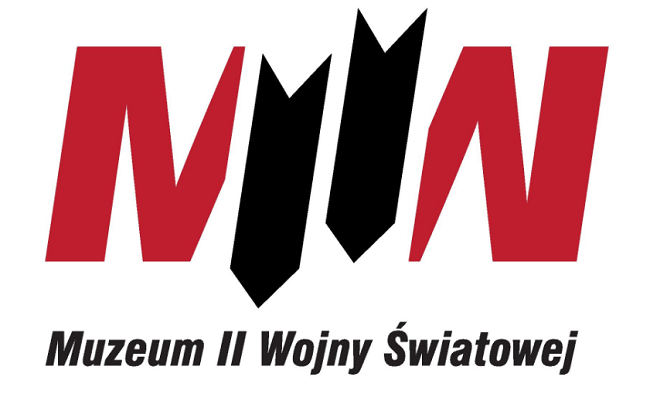
The Museum of the Second World War in Gdańsk collects and makes available collections on the history of World War II, with particular emphasis on the place of its beginning in Poland. The museum deals with exhibition, popularization, educational and publishing activities. The aim of the institution is to shape a historical narrative, thanks to which World War II is presented in a modern way from the perspective of the experience of Poles and Poland, taking into account the great politics of that time, and above all, people’s attitudes towards the reality of war and the nightmare of Poland’s occupation by two totalitarian regimes. The museum also deals with the war fate of other nations involved in this greatest military conflict of the 20th century. It conducts exhibition, educational and cultural projects of international scope, which include the Million from Overseas exhibition, the international conference World Battlefield Museums Forum and foreign trips of children and young people Changing the Perspective.

Museum of Poles Saving Jews in World War II The Ulma family in Markowa carries out its mission by showing the heroic attitudes of Poles who helped Jews during the German occupation, risking their own and their families’ lives. Moreover, it presents Polish-Jewish relations during the Holocaust and disseminates knowledge about the fate of the Ulma family from Markowa. It is the first museum in Poland dealing with the subject of saving the Jewish population in occupied Polish territory during the Holocaust. The museum organizes international study visits, and also creates mobile exhibitions devoted to the issue of Poles saving Jews during the Holocaust, the tragedy of the Holocaust, and Polish-Jewish relations.

The Auschwitz-Birkenau State Museum in Oświęcim collects artifacts and historical items, which include the movable remains of KL Auschwitz and related archives, to secure parts of the grounds of the former KL Auschwitz and to disseminate the history of KL Auschwitz to future generations. The site of the former German Nazi concentration and extermination camp has been inscribed on the UNESCO World Cultural and Natural Heritage List. The Museum has the International Center for Education about Auschwitz and the Holocaust (ICEAH), which cooperates with many institutions from around the world. The institution carries out international, intercultural and interreligious projects related to education, commemoration, scientific research and archival research. An example of the institution’s extensive activity is the International Summer Academy, attended by teachers and educators from all over the world.

The State Museum at Majdanek in Lublin is the only martyrdom museum in the world established during the Second World War. It looks after the material remains of three German crime scenes – the concentration camp at Majdanek and the death camps in Bełżec and Sobibór. In its activity, it places particular emphasis on developing historical education in theory and practice on the German occupation in the Lublin region. The educational activity of the Museum is based on active exploration and learning of history inscribed in a real place. It includes the development of specialist meeting and workshop programs, the organization of historical workshops for young people, study stays for adults and the implementation of international educational and historical projects. An example of international activity is the cooperation of institutions with Bethel Schools. Friederich von Bodelschwingh from Bielefeld.

The Stutthof Museum in Sztutowo is located on the site of the former German concentration camp KL Stutthof. Generations of Museum employees became the guardians of the memory of the crimes and suffering of thousands of victims. In order to preserve and protect the cultural heritage, educational, popularization, exhibition, scientific and documentary activities are carried out. As part of the program The Fate of Poles in German Concentration Camps in Western Europe, the institution collects documents and other memorabilia related to the tragic fate of our compatriots in German concentration camps in Western Europe. The museum also organizes cyclical conferences and meetings of museologists from Poland and abroad – the Remembrance Forum.

The Polin Museum of the History of Polish Jews is an institution that shows the centuries-old history of Polish Jews. The main mission of the Museum is to restore and protect the memory of the history of Polish Jews, to serve the ideas of openness, tolerance and truth, contributing to mutual understanding and respect among Poles and Jews, European and world societies. It conducts a thriving exhibition and educational activity. Due to multidirectional cooperation with foreign countries, the institution has implemented, among others temporary exhibition Risking their life. Poles saving Jews during the Holocaust, which was translated into ten languages. One of the Polin’s programs is the Global Education Outreach Program (GEOP), under which international scientific workshops, conferences, lectures and seminars are held.
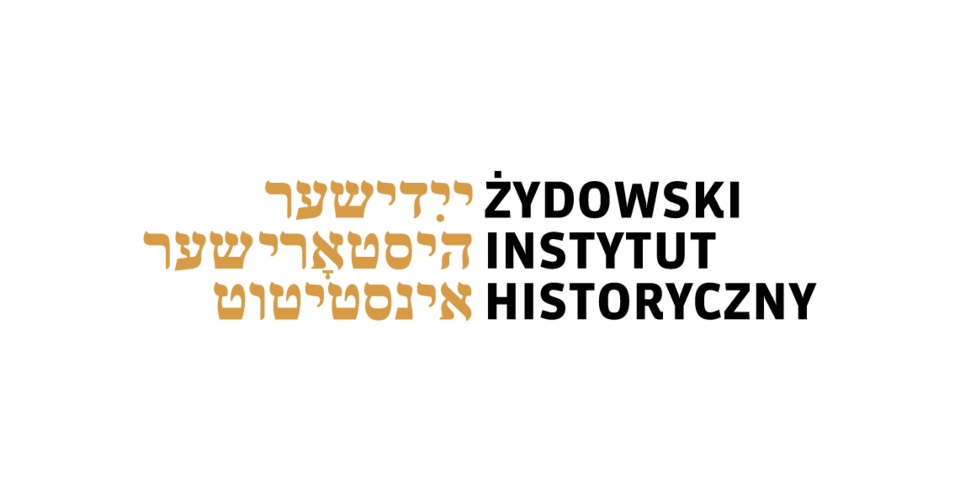
Jewish Historical Institute Emanuel Ringelblum (ŻIH) in Warsaw deals with the history of Jews living in Poland and Central and Eastern Europe for centuries. For the sake of the special and symbolic meaning of Ringelblum’s legacy, the current mission of the JHI is associated with the conduct of broadly understood research on Jewish history, culture and heritage in the Polish and international academic community, as well as their non-environmental popularization. The Jewish Historical Institute cares about the memory of monuments of Jewish culture throughout Poland and their documentation. Moreover, it is involved in the development of the largest Jewish library in Poland. The Institute cooperates with international research institutions dealing with the history of Jews, Shoah memory, and museology, offering the possibility of conducting integrated educational programs and in-depth cooperation with foreign centers at the research level.

